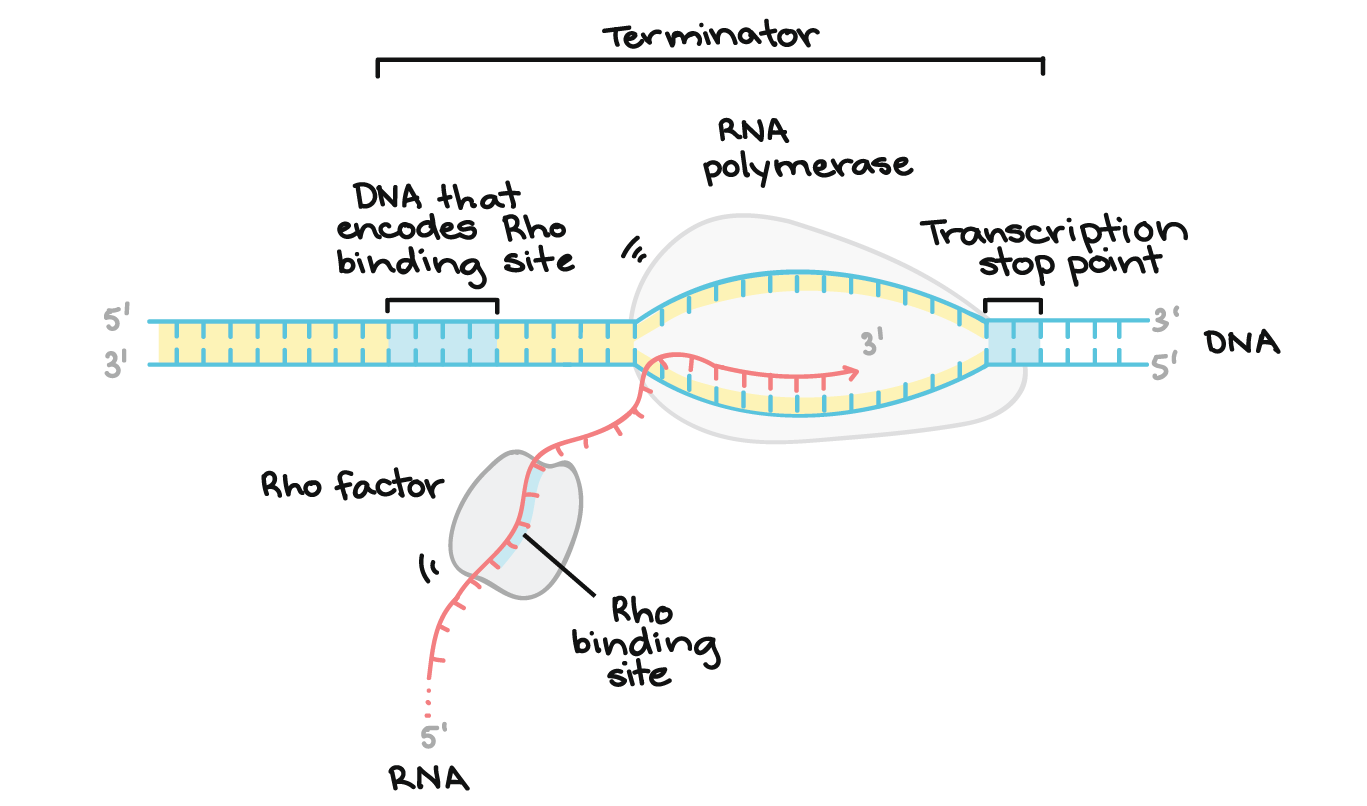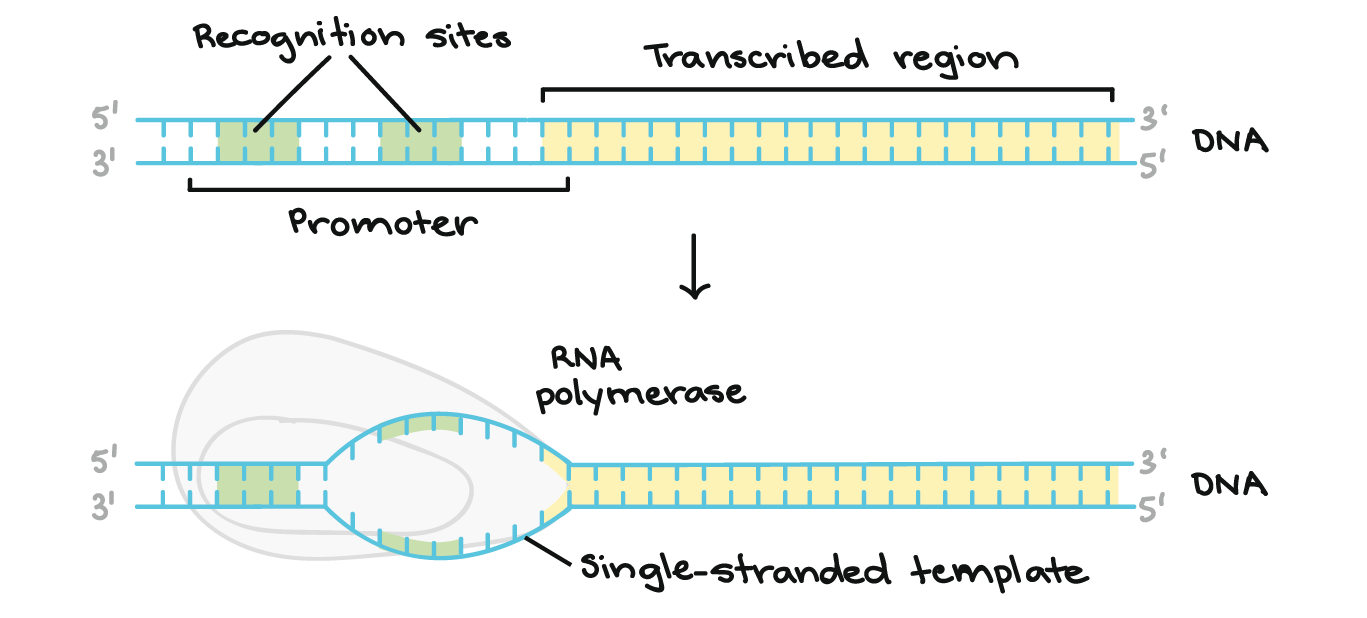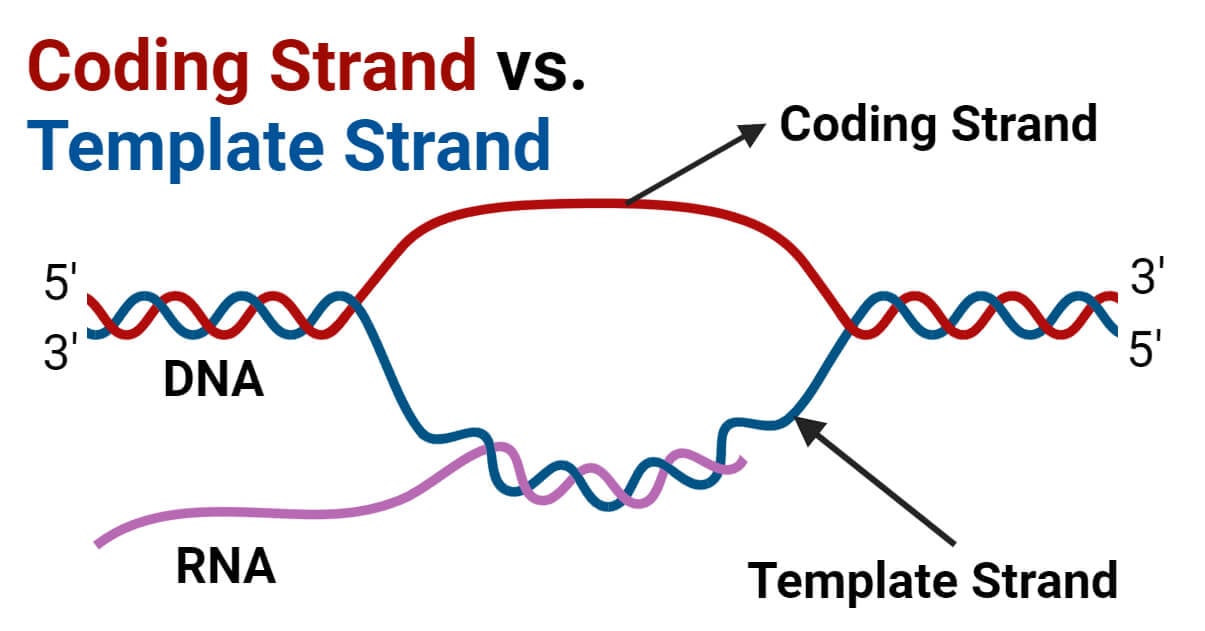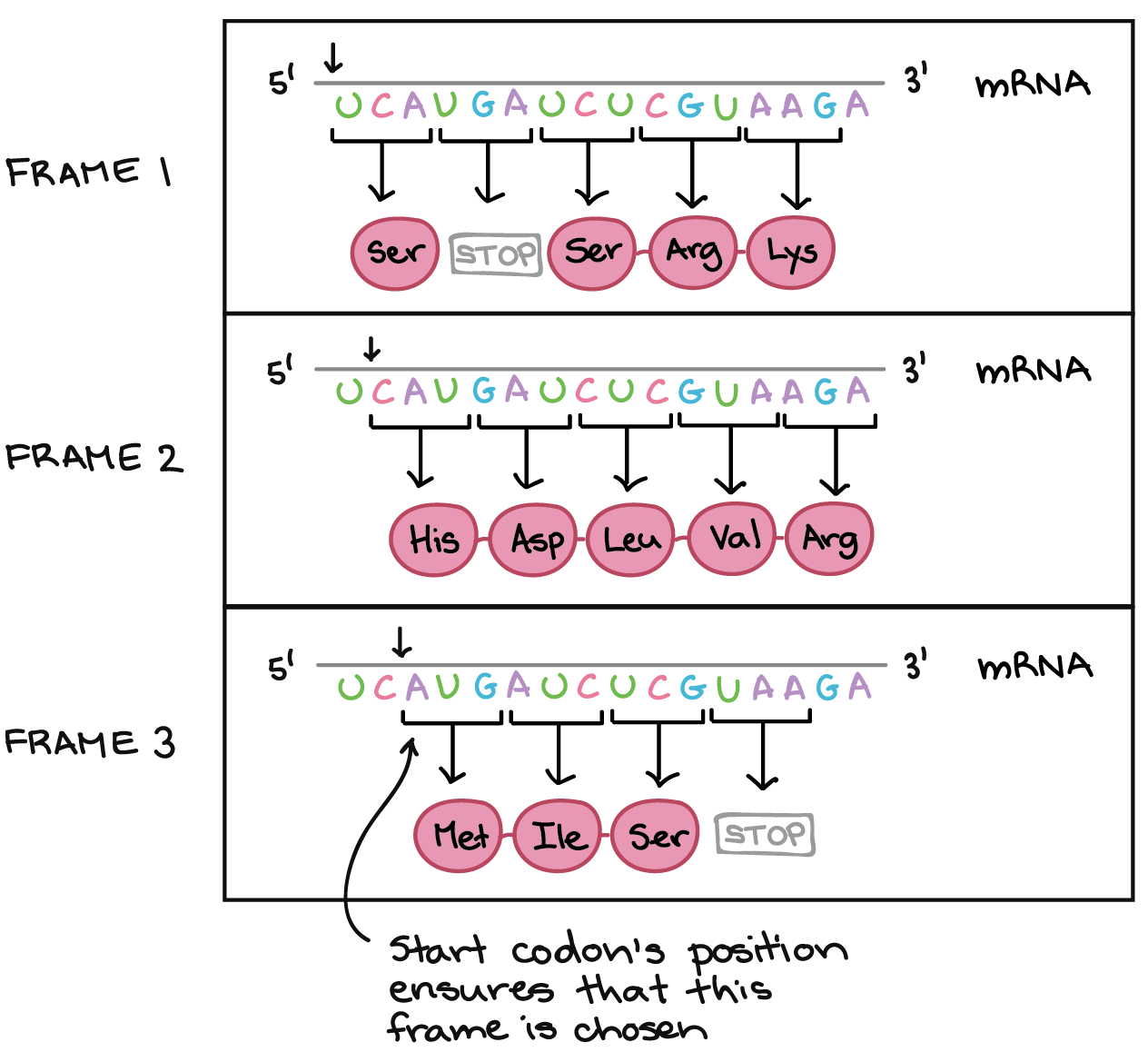Transcription of DNA to RNA

1. Describe How Transcription Differs from DNA Replication
- Transcription:
- Involves the synthesis of RNA from a DNA template.
- Only one strand of DNA (the template strand) is used to synthesize RNA.
- Produces a single-stranded RNA molecule.
- Transcription involves RNA polymerase and occurs in the nucleus of eukaryotic cells.
- It is regulated to express specific genes as needed.
- DNA Replication:
- Involves the copying of the entire DNA molecule, resulting in two identical double-stranded DNA molecules.
- Both strands of DNA are used as templates.
- Involves DNA polymerase and other enzymes like helicase and ligase.
- DNA replication occurs during the S phase of the cell cycle and is crucial for cell division.
- Involves the synthesis of RNA from a DNA template.
- Only one strand of DNA (the template strand) is used to synthesize RNA.
- Produces a single-stranded RNA molecule.
- Transcription involves RNA polymerase and occurs in the nucleus of eukaryotic cells.
- It is regulated to express specific genes as needed.
- Involves the copying of the entire DNA molecule, resulting in two identical double-stranded DNA molecules.
- Both strands of DNA are used as templates.
- Involves DNA polymerase and other enzymes like helicase and ligase.
- DNA replication occurs during the S phase of the cell cycle and is crucial for cell division.

2. Explain the Basic Steps in the Transcription of DNA into RNA
Initiation:
- RNA polymerase binds to the promoter region of a gene, which signals the start of transcription.
- The DNA strands unwind, and the RNA polymerase starts synthesizing RNA from the template strand.
Elongation:
- RNA polymerase moves along the DNA template strand, adding RNA nucleotides complementary to the DNA template.
- The RNA strand elongates in the 5’ to 3’ direction.
Termination:
- RNA polymerase continues transcribing until it reaches a termination sequence.
- The RNA transcript is released, and RNA polymerase detaches from the DNA.
Initiation:
- RNA polymerase binds to the promoter region of a gene, which signals the start of transcription.
- The DNA strands unwind, and the RNA polymerase starts synthesizing RNA from the template strand.
Elongation:
- RNA polymerase moves along the DNA template strand, adding RNA nucleotides complementary to the DNA template.
- The RNA strand elongates in the 5’ to 3’ direction.
Termination:
- RNA polymerase continues transcribing until it reaches a termination sequence.
- The RNA transcript is released, and RNA polymerase detaches from the DNA.

3. Distinguish Coding and Template Strands of DNA
- Template Strand:
- The strand of DNA that is read by RNA polymerase to synthesize RNA.
- It is complementary and antiparallel to the RNA being produced.
- Coding Strand:
- The strand of DNA that has the same sequence as the RNA transcript (except that RNA has uracil (U) instead of thymine (T)).
- It is also called the non-template strand.
- The strand of DNA that is read by RNA polymerase to synthesize RNA.
- It is complementary and antiparallel to the RNA being produced.
- The strand of DNA that has the same sequence as the RNA transcript (except that RNA has uracil (U) instead of thymine (T)).
- It is also called the non-template strand.

4. Determine the mRNA Sequence that is Derived from a Particular Strand of DNA
- To determine the mRNA sequence:
- Identify the template strand of DNA.
-
5. Explain the Difference Between Pre-RNA and mRNA}
- Pre-RNA (Primary Transcript):
- The initial RNA transcript produced directly from the DNA template.
- Contains both exons (coding regions) and introns (non-coding regions).
- mRNA (Mature RNA):
- The processed RNA that is ready for translation into protein.
- Introns are removed, and exons are spliced together.
- A 5' cap and a poly-A tail are added for stability and protection.

6. RNA processing refers to the modifications that a primary RNA transcript undergoes before becoming a mature, functional RNA molecule. In eukaryotes, this involves several key steps:
- Capping: Addition of a 5' cap (7-methylguanosine) to protect the RNA from degradation and assist in ribosome binding for translation.
- Polyadenylation: Addition of a poly-A tail at the 3' end to stabilize the RNA and regulate its export from the nucleus.
- Splicing: Removal of non-coding introns and joining of coding exons to form a continuous coding sequence.
- Identify the template strand of DNA.
-
5. Explain the Difference Between Pre-RNA and mRNA}
- Pre-RNA (Primary Transcript):
- The initial RNA transcript produced directly from the DNA template.
- Contains both exons (coding regions) and introns (non-coding regions).
- mRNA (Mature RNA):
- The processed RNA that is ready for translation into protein.
- Introns are removed, and exons are spliced together.
- A 5' cap and a poly-A tail are added for stability and protection.

6. RNA processing refers to the modifications that a primary RNA transcript undergoes before becoming a mature, functional RNA molecule. In eukaryotes, this involves several key steps:
- Capping: Addition of a 5' cap (7-methylguanosine) to protect the RNA from degradation and assist in ribosome binding for translation.
- Polyadenylation: Addition of a poly-A tail at the 3' end to stabilize the RNA and regulate its export from the nucleus.
- Splicing: Removal of non-coding introns and joining of coding exons to form a continuous coding sequence.
- Pre-RNA (Primary Transcript):
Purpose:
- Protects RNA from degradation.
- Ensures proper export from the nucleus.
- Facilitates translation by ribosomes.
- Produces a functional mRNA that can be translated into protein.
- Protects RNA from degradation.
- Ensures proper export from the nucleus.
- Facilitates translation by ribosomes.
- Produces a functional mRNA that can be translated into protein.